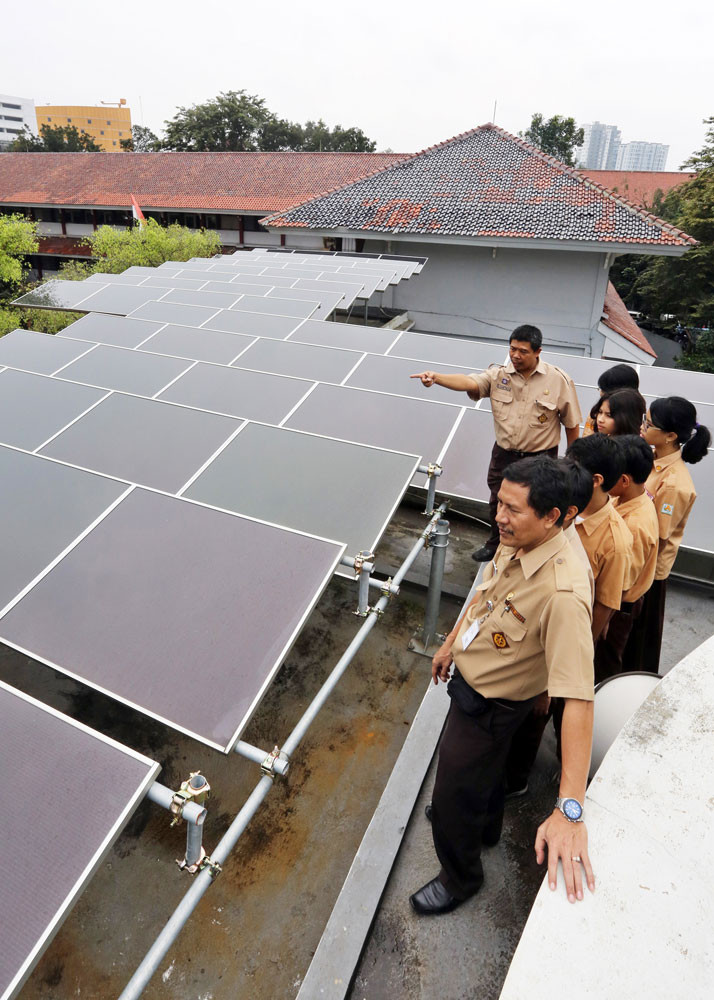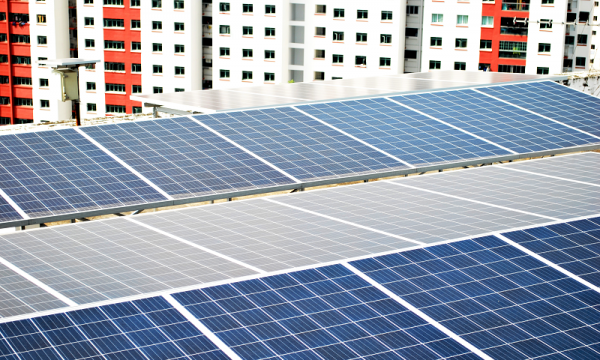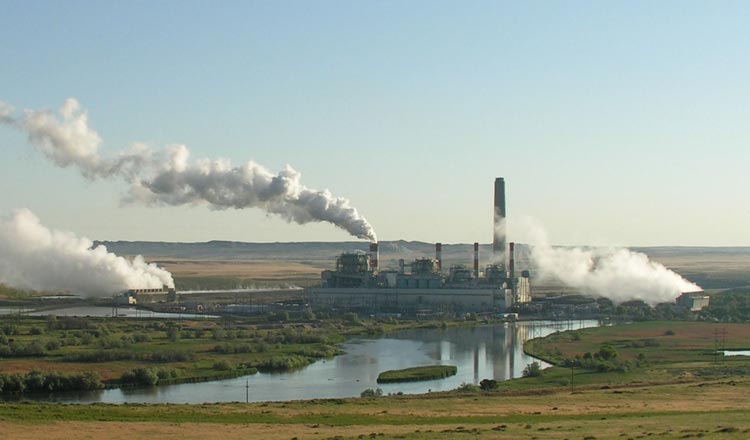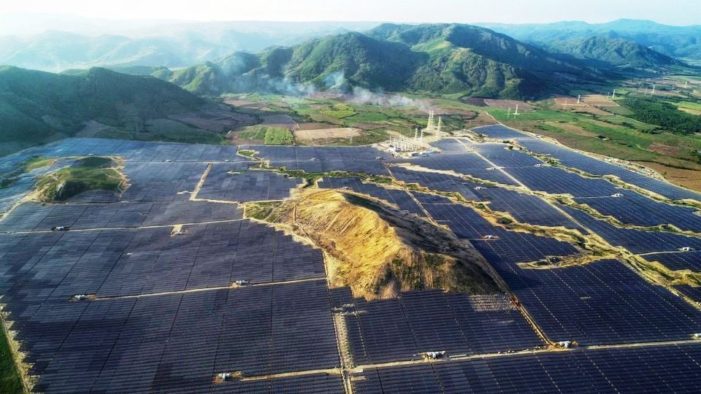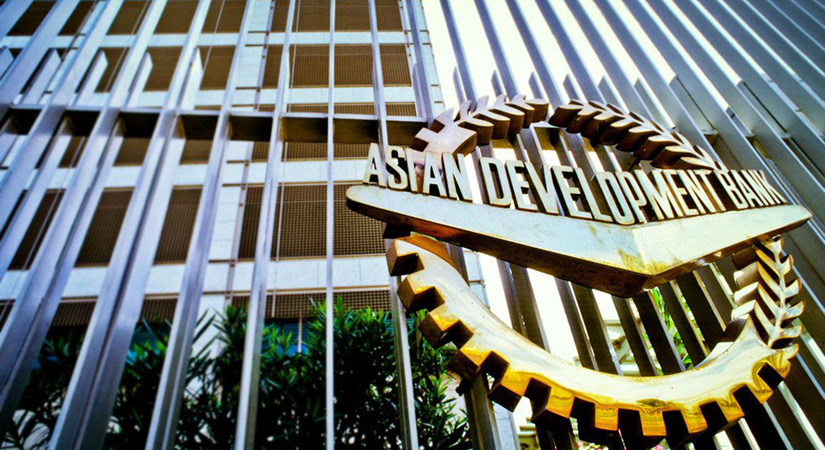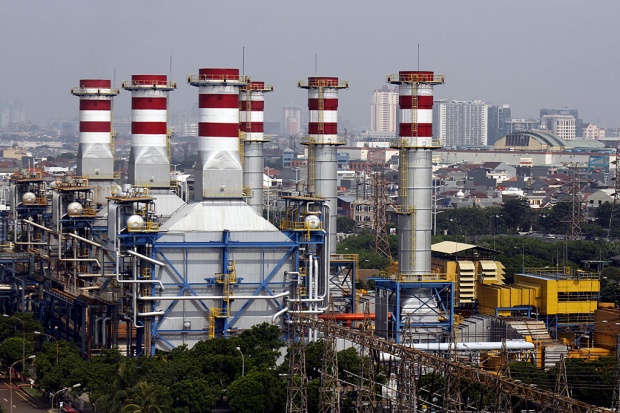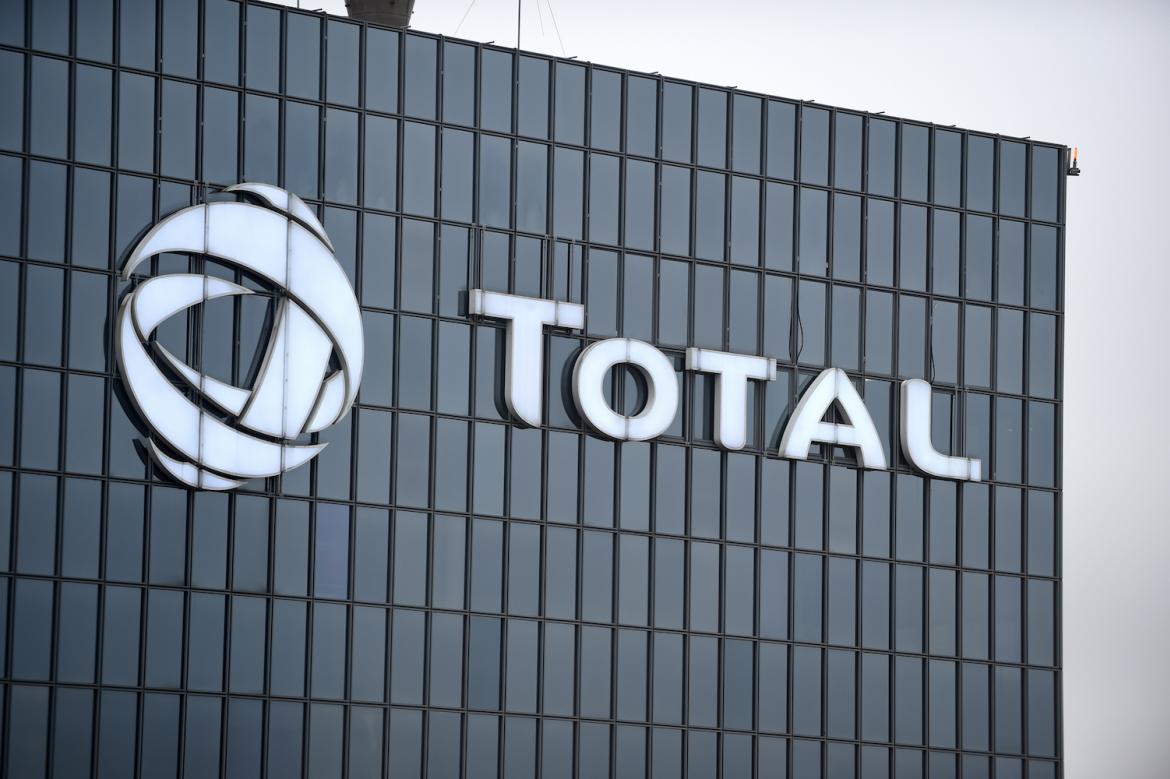YANGON — The European consortium behind a 1,230-megawatt power project in Tanintharyi Region has proposed scaling back its plans amid stalled talks with the government over financial terms.
However, a senior government official told Frontier the revised proposal is unlikely to be accepted and the project now faces the prospect of suspension or cancellation.
French energy giant Total and Germany’s Siemens received a notice to proceed in January 2018 from the Ministry of Electricity and Energy for the Kanbauk project, which would reportedly entail investment of US$2.1 billion.
The initial proposal included a liquefied natural gas floating storage regasification unit, the power plant and 450 kilometres of 500kV transmission lines linking Kanbauk in Tanintharyi’s Yebyu Township with Payagyi in Bago Region.
But the consortium has proposed reducing the capacity of the first phase of the plant from 615MW to 400MW and removing the transmission line component, several sources said.
Under the new plan, power would instead be transmitted to Yangon via a 230kV line to be built using a soft loan from the Asian Development Bank – an alternative that would likely reduce the required investment by hundreds of millions of dollars.
A spokesperson for Siemens confirmed to Frontier that a revised plan had been discussed with the government.
“The project is being considered now under a different scheme and size with several phases in order to leverage the future 230kV transmission line planned by the Ministry of Electricity and Energy in the south of Myanmar,” said the spokesperson.
A government official said the ministry was opposed to the idea.
“The main [reason for] this project is that we don’t have a southern grid to connect [Tanintharyi Region] to the national grid. If they are not willing to build [a high-voltage] transmission line as per our previous agreement, the project would likely be cancelled,” the official said.
The revised proposal, which the government official said was first submitted four or five months ago, was designed to help break a deadlock in negotiations over financial terms. Under the NTP issued in January 2018, the first phase of 615MW was supposed to come online in January 2021 and full operations would begin a year later. However, the consortium is yet to even sign a power purchase agreement.
Mr Romaric Roignan, general manager of Total E&P Myanmar, declined to answer questions on the proposal to scale back Kanbauk but insisted that Total was “fully committed” to the project.
The consortium partners have “completed a very significant amount of work”, including initiating the tender process for the FSRU and receiving initial bids from engineering, procurement and construction contractors, he said.
Environmental and social impact assessments and initial environmental examinations for the three components – the gas facilities, power plant and transmission lines – have already been completed, he added.
While Roignan said that “significant progress has been made regarding the key project documentation”, Frontier understands talks on the PPA have stalled over several key issues.
The Siemens spokesperson said these issues included the price the government would pay for LNG and “guarantees” for the project. For the consortium, the objective is to ensure the project agreements are “attractive for future investors and financiers”, the spokesperson said.
While he did not comment on the Kanbauk project directly, U Han Zaw, the deputy director general of the Department of Electric Power Planning, confirmed that negotiations with the sponsors of LNG projects had reached a “bottleneck”.
“Investors want a floating market price [for LNG] while we prefer a fixed price in the PPA. And investors are also demanding to be paid in dollars, but the government is standing firmly on its decision to pay in kyat,” he said. “These two issues have created a bottleneck for the negotiations.”
Since the NTP was signed, Siemens also appears to have reduced its involvement in the project, with the company now only planning to provide technology and expertise.
Han Zaw said that until it received the proposal to scale back the project the government had expected both Total and Siemens would invest in Kanbauk. “We now know that Siemens will not make any investment in the project, but is still involved in the consortium with its technology,” said Han Zaw.
On May 7, Siemens announced that it would spin off its power assets into a new company and divest most of its holdings, potentially creating a further complication.
The Siemens spokesperson said the company was leading the feasibility study on the power generation, power transmission and grid stability aspects of the project. “Siemens has left the leading development role to our partner who is best placed to discuss the gas commercial topics,” the spokesperson said. “Recently Total is leading commercial discussion with the Energy ministry while Siemens remains as technology provider for electrical portions of the project.”


